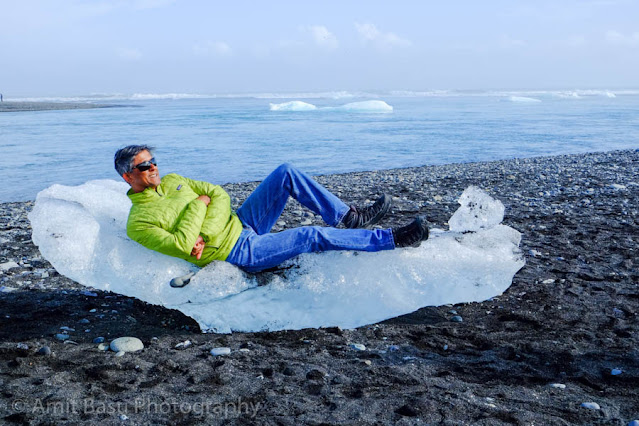
Lake Powell in Arizona and Utah is the second largest man-made reservoir in United States, the first being Lake Mead. The lake was created by damming the Colorado river at Glen Canyon in the 1960s. You can see it from above if you fly over the area. Its quite a sight, given the large scale. The lake has a maximum depth of 583 feet, is about 186 miles long, and up to 25 miles wide at its widest.
Lake Powell can be easily accessed from Page, Arizona, which is also home of world famous Antelope Canyon, Waterholes Canyon, Marble Canyon, and, of course, the social media darling Horseshoe Bend of the Colorado river.
On the cold but sunny day in March, we were at the Glen Canyon Dam, on our way to a boat ride on the Lake Powell. The dam is quite high, at 710 feet. An impressive feat of engineering that took some seven years to complete. Given the volume of water in Colorado river, it generates a sizable amount of clean hydro-electricity.
We arrived at the Lake Powell Resort marina (or the Wahweap marina) around 11am. The marina was a study in contrasts. One side looked rather clean and pretty, with just a few rather large and expensive yachts. But if you looked to the other side, you saw an overcrowded marina with boats, houseboats and smaller yachts jostling for place, and the steam (or is it smoke?) plume of the Navajo Reservation power station in the distance. Lake Powell is a playground of rich and famous, and anyone else who can afford a boat and the docking fees in the marina.
The boat we went on was large, and with a deck that provided great view of the surroundings. Yes, it was cold on the deck.
The water was clean, colorful with shades of blue and green. The majestic shoreline provided great background to the ripples of the boat.
We came rather close to the Glen Canyon dam, which can hold back an astounding 8 cubic miles of water, when the lake is full, which last happened in 1983. At this time, the entire Colorado basin is in a state of drought, and the water in the lake has fallen to around 25% of full capacity. The lake capacity also decreases every year a little because of inflow of sediments from Colorado and San Juan rivers.
Soon we entered the Glen Canyon. It was a humbling feeling to be surrounded by the big and high cliffs of the canyon wall. The effect of drought was plainly visible in the color of the wall, which showed the "bathtub lines".
On board the boat, we encountered a very human moment. There was this very old couple on the boat. The man had promised his wife long back to take her to Glen Canyon. So there they were, even if they were not that physically mobile. It was a beautiful picture full of human emotions.
Lake Powell area can get rather hot in summer, and bitterly cold in winter. The best times to go are spring and autumn. Best times for photography are, of course, sunrise and sunset when the suns rays create magic on the colorful walls of the canyon.















Comments